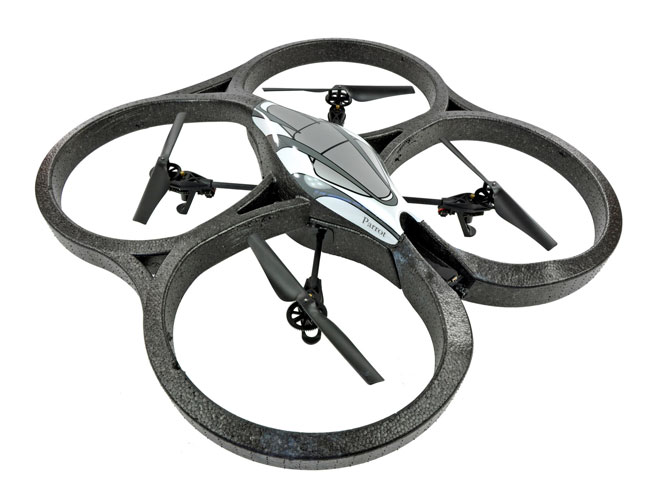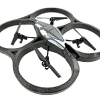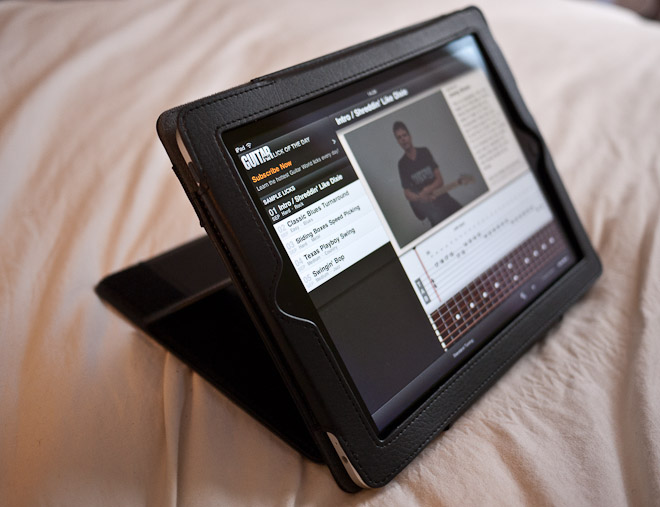
Next year, buyers of the Lexus LFA sports-car will be even safer, thanks to a new kind of seatbelt designed by Takata Corp. The belt looks like any other, but contains an airbag that will inflate in case of a crash.
The belt is called the AirBelt, and will find its way into Toyota’s car under the much more boring name of “SRS Seat Belt Airbag”. The belt contains a bag inside its webbing, which is fired on impact by a gas-canister down by the buckle. The resulting bag protects the head and shoulder from side-on crashes, and also gets between the head and shoulder to stop sideways whiplash injuries.
This is the first time the tech will be seen in a passenger car, and adds one more life-saving feature to these rolling death-boxes. As someone who is justifiably terrified of car-travel, I think cars should be made more scary, not less. If these tin-cans let in the road noise and did away with all distractions (stereos and anything else with a button, cup-holders), then people might actually realize just how dangerous their cars are and maybe pay some attention to the road ahead.
Takata First to Commercialize Safety “Airbelt” for Passenger Cars (PDF) [Takata]
See Also:






















